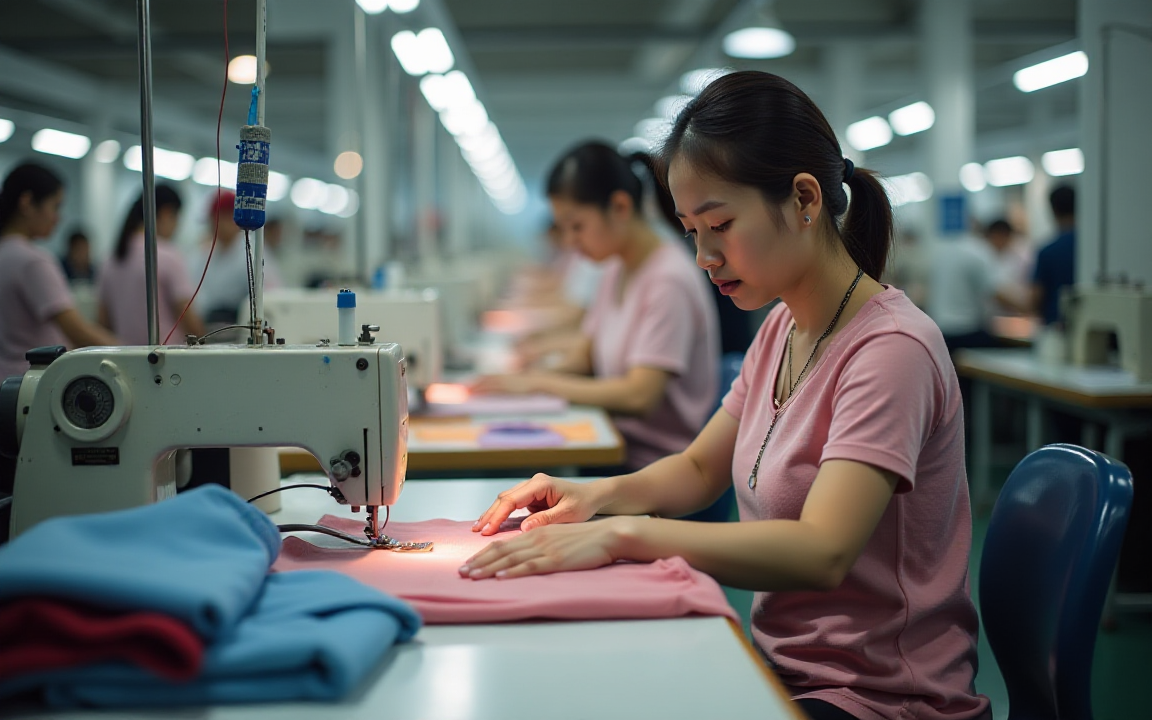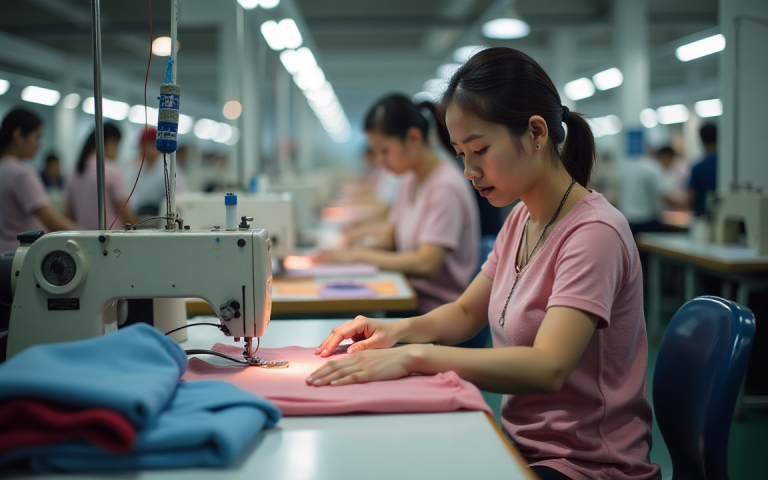
President Donald Trump on Wednesday announced that the United States has reached a new trade agreement with Vietnam that includes a 20% tariff on all imports from the Southeast Asian nation and a steeper 40% tariff on goods transshipped through Vietnam from other countries.
The deal, which Trump disclosed in a post on his social media platform Truth Social, also claims to provide the US with tariff-free access to Vietnam’s domestic markets.
However, few details have been confirmed, and it remains unclear when the agreement takes effect or whether it has been formally signed.
“Vietnam will pay the United States a 20% Tariff on any and all goods sent into our Territory, and a 40% Tariff on any Transshipping,” Trump wrote.
“In return, Vietnam will…give the United States of America TOTAL ACCESS to their Markets for Trade.”
The S&P 500 ticked slightly higher on the news, but shares of apparel companies with exposure to Vietnam edged lower.
Transshipment measures target China
The agreement explicitly addresses transshipment, a practice where goods from one country are rerouted through a third country to avoid tariffs.
Trump claimed the new 40% tariff will apply to such re-exported goods.
While he did not name specific countries, China has frequently been accused of using Vietnam as a transshipment hub to bypass earlier US duties.
Under Trump’s broader tariff initiative—dubbed the reciprocal tariff policy—Vietnamese imports were previously subject to a 46% blanket tariff.
That rate had been temporarily reduced to 10% under a 90-day pause that began in April to allow countries time to renegotiate their trade terms with Washington.
The pause is set to expire next week, and Trump’s announcement comes amid ongoing uncertainty over whether reciprocal tariff rates will revert to their original levels.
Vietnam’s economy is heavily dependent on exports to the United States, which reportedly make up roughly 30% of its gross domestic product.
This makes it especially vulnerable to US trade policy changes.
Trump tariffs and the economy
In his announcement, Trump stated that “Vietnam will pay” the tariff, although economists widely agree that tariffs are taxes on imports, paid by US companies that purchase those goods, not by the exporting countries themselves.
The Trump administration maintains that tariffs generate significant revenue for the US government and can be used as leverage in trade negotiations.
Critics, however, argue that the approach raises prices for American consumers and creates economic uncertainty.
Federal Reserve Chair Jerome Powell on Tuesday addressed the potential inflationary effects of the tariff regime during remarks at a European Central Bank event in Portugal.
Powell noted that interest rates would have been cut again if not for the tariffs.
Some analysts suggest that the delayed price effects may be due to companies stockpiling inventory in anticipation of higher duties, while others say supply chain lags mean it takes time for tariffs to filter through the broader economy.
Trump’s trade deals
The Vietnam deal marks only the third bilateral framework reached by the US since the reciprocal tariff pause began.
Revised arrangements have also been announced with China and the United Kingdom, though final details on many of these negotiations remain sparse.
The administration has claimed it is close to striking new deals with other nations, but as the July deadline approaches, formal agreements remain limited.
The post Trump says US has reached trade deal with Vietnam, imposing 20% tariff on imports appeared first on Invezz

